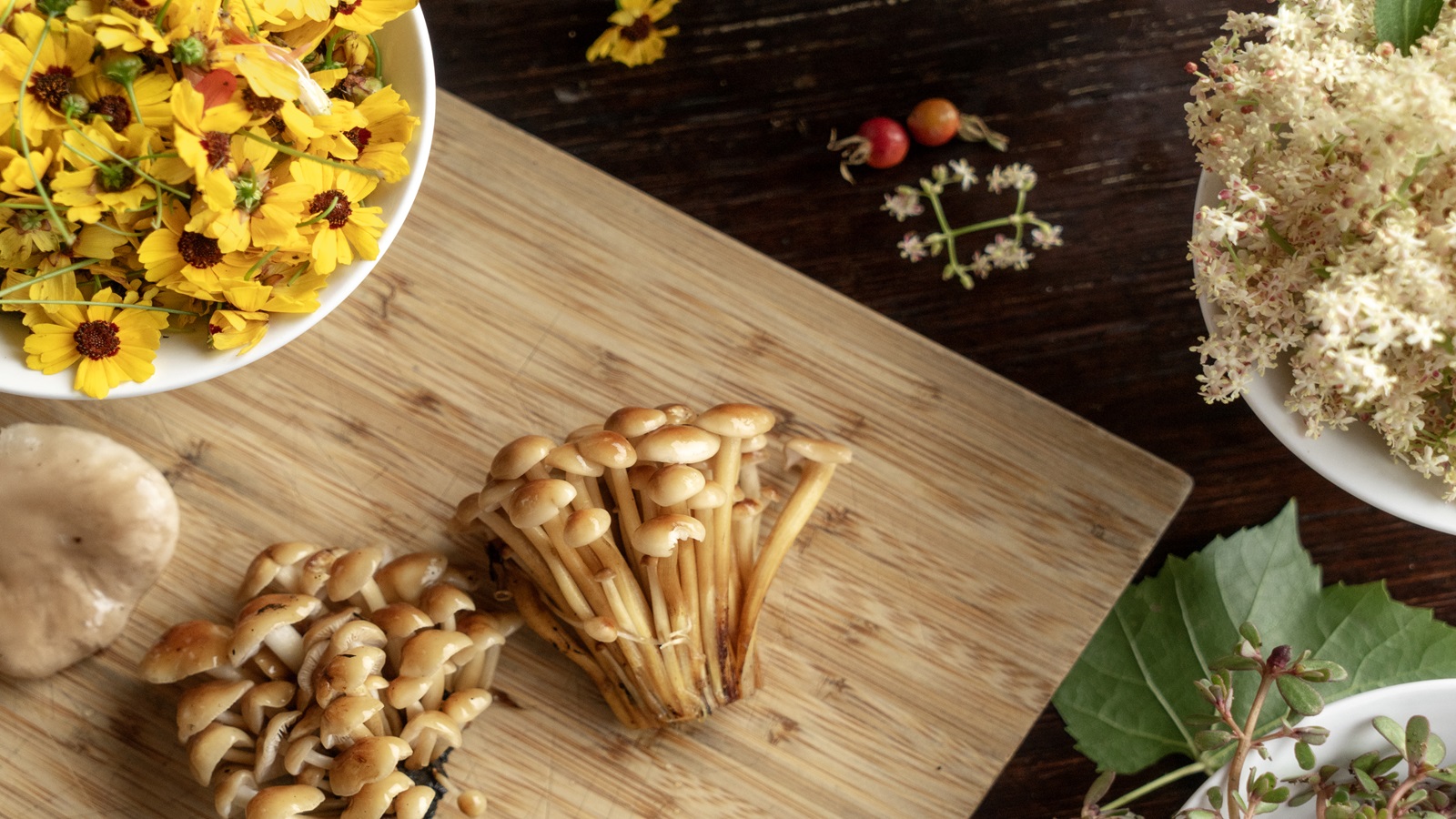
Growing food for the table is second nature for many gardeners. The satisfaction of feeding loved ones from nutritious crops nurtured from the tiniest seed is hugely powerful, but there is an even more deep-seated human instinct to delve into – foraging.
The enduring practice of seeking and picking food from the wild has been practised throughout history, and is seeing a big resurgence. Part of our reconnection with nature and the wider world post-pandemic, foraging goes hand in hand with naturalistic style gardens, increased awareness in the biodiversity of our yards, and the mindful and mood boosting rewards of spending time outside in nature.
We delve into the world of foraging to discover exactly what it entails, what the benefits are, and how to begin practising it safely.
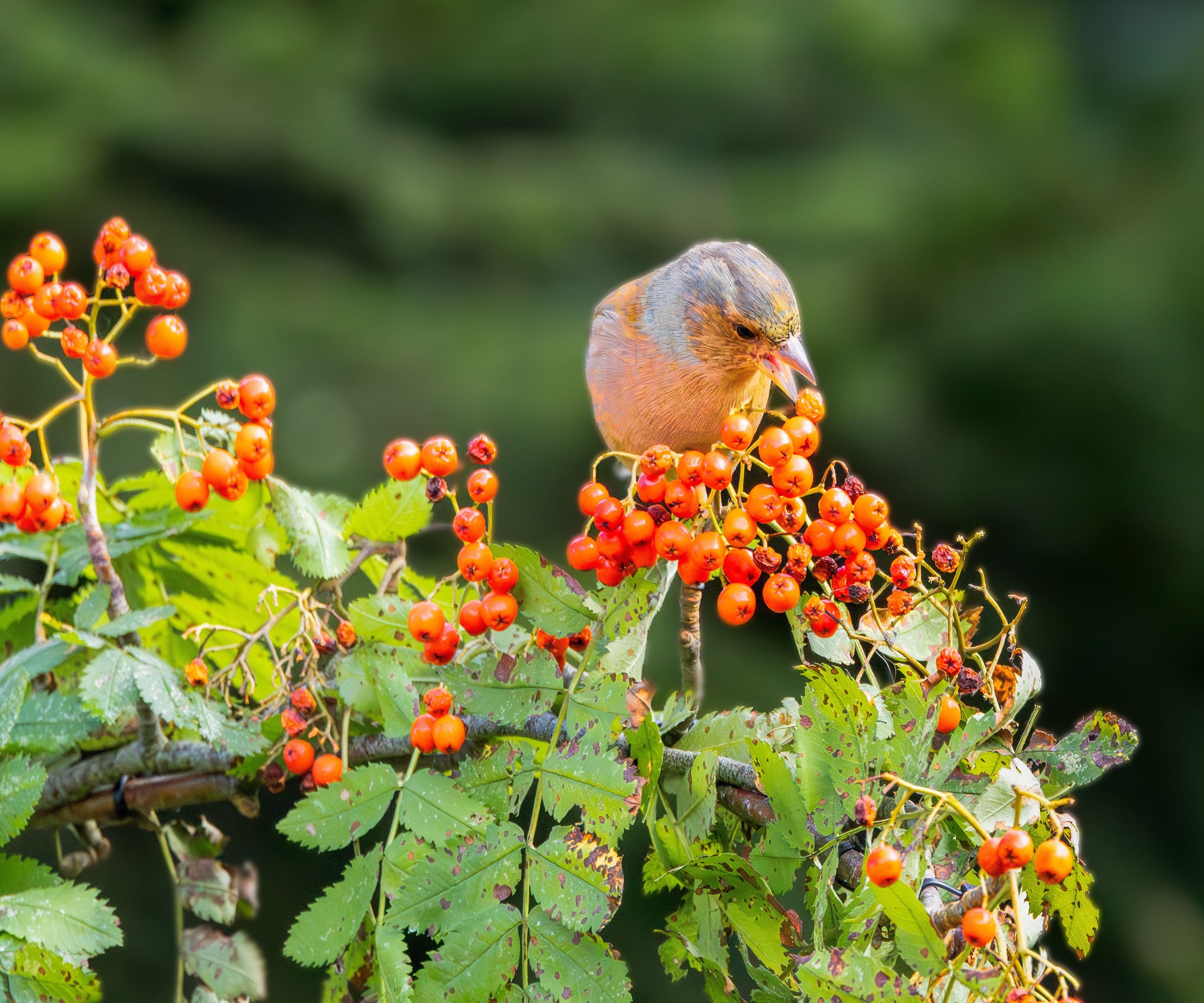
What is foraging?
Put simply, foraging is the ancient practise of seeking, identifying and picking uncultivated plants, fruits, fungi and herbs to use for food. Long practised by humans before they began farming crops, the carefully accrued knowledge of which plants were safe to gather, where and when to find them and how to best prepare them has gradually been lost over time.
Lately, however, there has been a strong resurgence of interest in the art of foraging, with many of the best restaurants worldwide gathering food from local hedgerows and forests.
Master Gardener and professional forager Tama Matsuoka Wong explains, ‘I think it began during the Covid19 pandemic when we were all desperate to get outside, and people started to really look at the land in a different way - especially the younger generations.'
The benefits to foraging for food
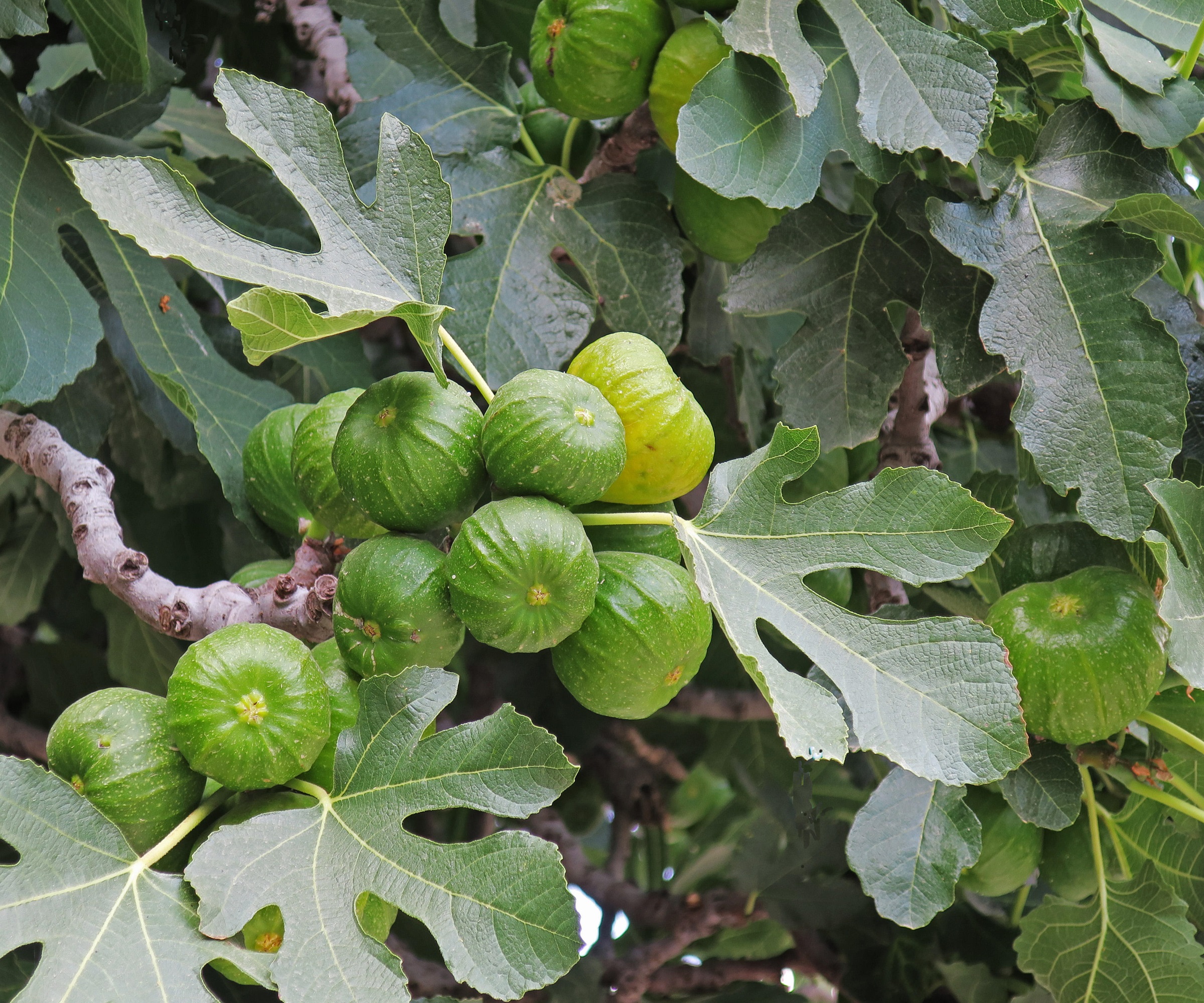
There are many reasons to seek and collect wild food. Whether it is the quiet satisfaction of gathering nutritious seasonal food for free, flexing your hard-earned plant knowledge, forging links with your local patch or just experimenting with new flavors, they are all worth pursuing.
There’s also something hugely emotive and mindful about gathering food from the wild. Reawakening memories of annual family trips to pick chokeberries in Atlanta or mushrooms in Missouri, cooking and eating these harvests evoke deep set emotions and reinforce close family bonds and ties with the land.
Sustainability and reducing food miles are additional, but no less important motives for hunting out wild crops. Breaking out from the global food system and the easy availability of year round produce, it instead supports the local ecosystem and wider environment.
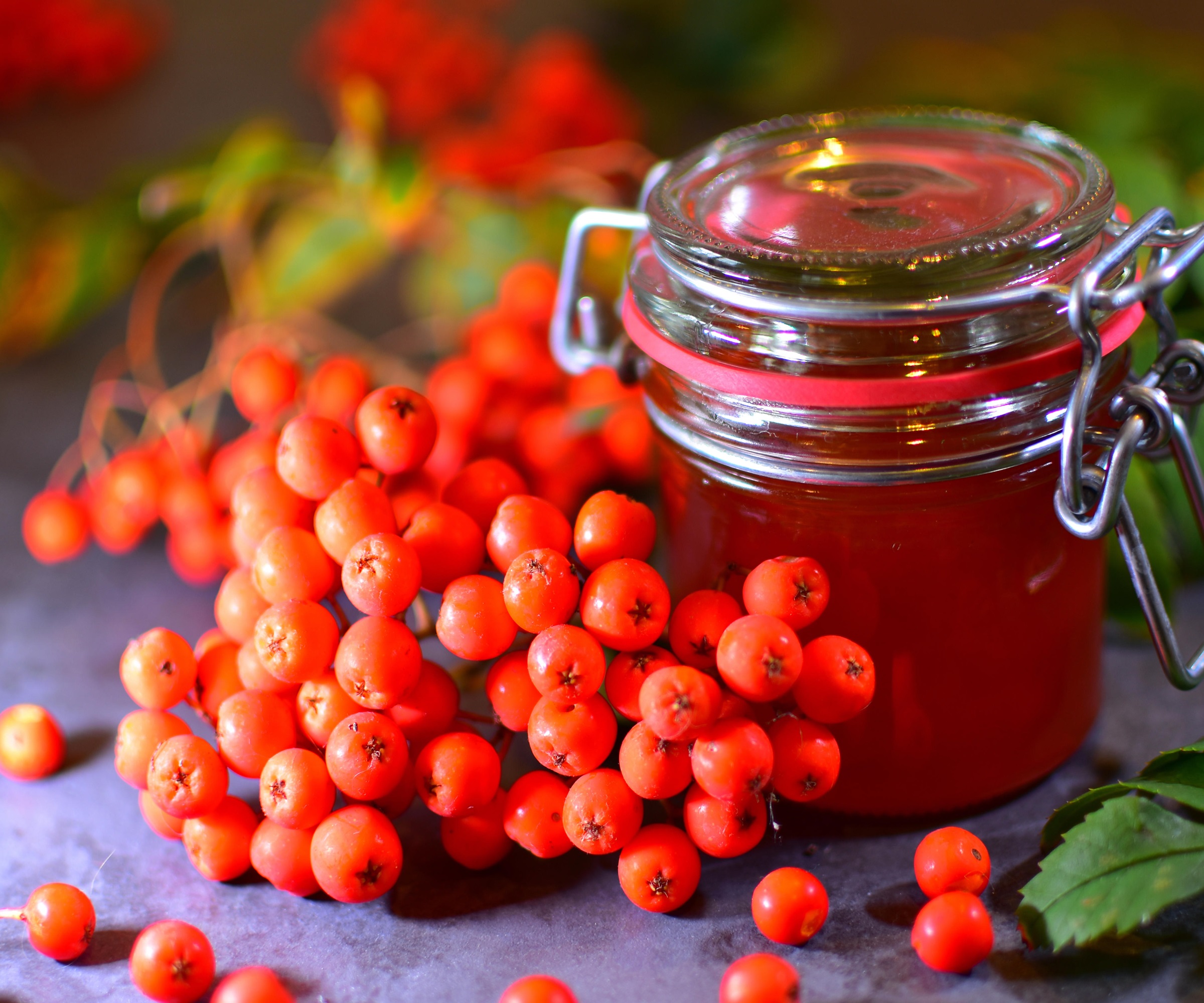
Seeking out new crops is also a great way to discover new regions, broadening your knowledge, cooking skills and palette. Just like homegrown crops, different climates and landscapes produce specific plants each with their own distinct flavors and characteristics.
Bioregional herbalist and forager John Slattery says, ‘Of course it depends on what region you live in, but one of the most important foraged foods across the northern hemisphere are acorns. Although most believe them to require a lengthy process, that's not entirely true. In the Southwest US, we have a very special acorn that can be eaten directly from the shell, and it is still foraged and sold locally to this day for that very reason.’
Timing is everything with foraging and it’s the ephemeral nature of this activity that makes it so enchanting. ‘Every foraged food has its season, and some are more prone to spoilage than others,’ explains John.
‘Acorns, for example, must be dried before storing in a sealable container. If sufficiently dry, they will remain fresh for years, if not decades.’ From the young leaves and early wild buds and blossoms of spring to the vitamin rich, juicy berries of late summer and early fall there is a rich and ever changing wild larder to pick from.
The key rules to safe foraging
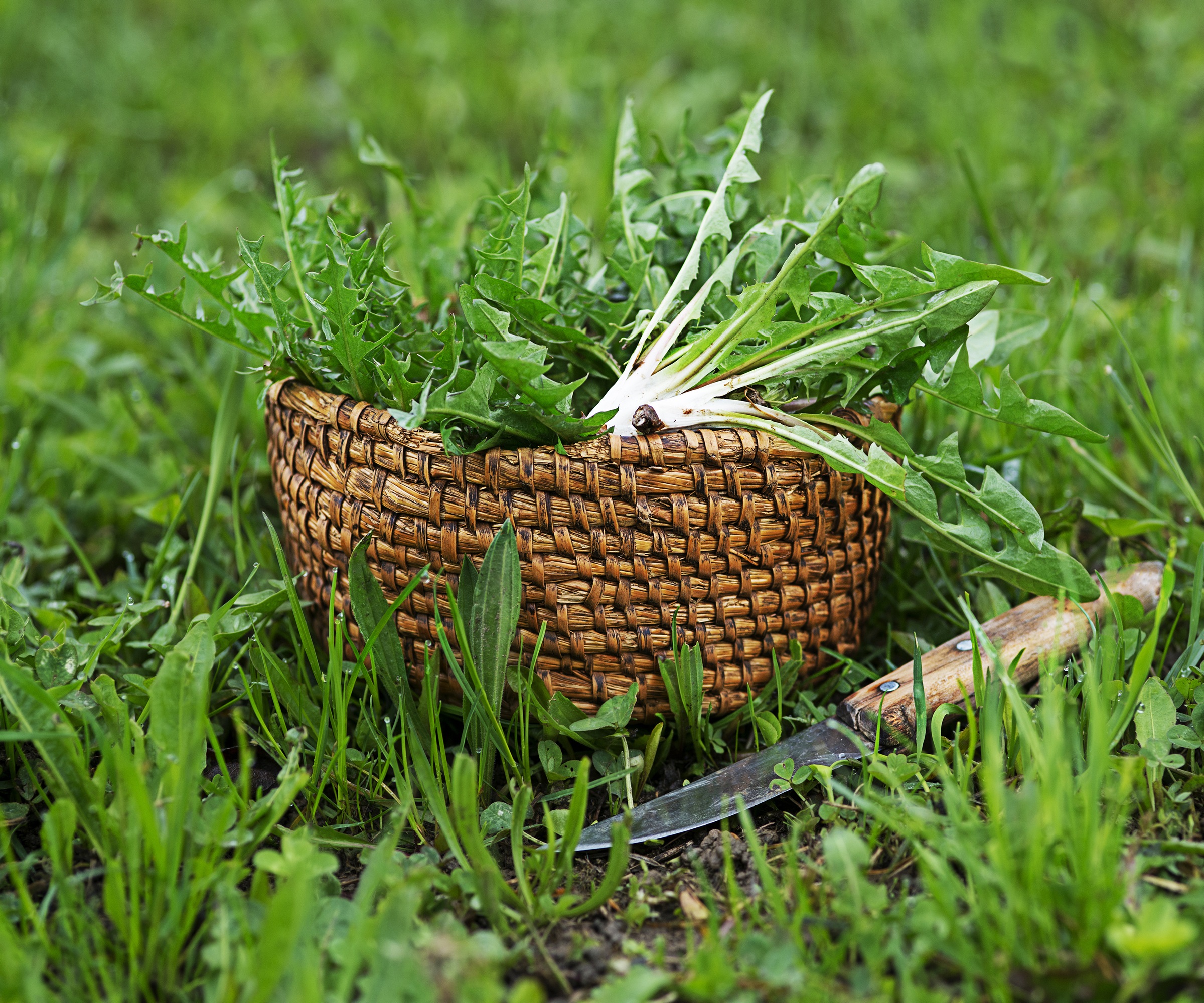
Foraging is not without risks, and this is one element experienced foragers and wild herbalists are keen to impress. 'Just start with one thing,' advises Tama. 'Think about something you know well in your garden, such as a dandelion. Or for example, people have a lot of fig trees in this area of New Jersey. People don't realise you can use the leaves as they are edible.'
John also iterates the importance of this, ‘People with little experience will confuse plants that look almost nothing like each other. For this reason, you must take your time.’
Common sense reigns when deciding where to gather wild crops. Harvesting wild crops from privately owned land is never advisable. If you find an abundance of wild blackberries, for example, get picking, but where crops are scarce, leave them in nature.
There are other environmental issues to consider too. ‘Foraging is discouraged wherever industrial chemicals are being applied or dumped into the local ecosystem,’ says John. ‘This is not always easy to discern but look for industrial plants and agribusiness and know what is upstream from your area. The truth is the entire planet is exposed to chemicals with increasing abundance.’
Tools of the experienced forager are reassuringly simple. A collecting basket is essential. A sturdy yet lightweight design with good airflow is crucial if you are harvesting mushrooms, as these can be damaged quickly if they are bruised or kept in a plastic container. We like this mesh foraging bag from Walmart. For coastal finds, such shellfish and seaweed, opt for either a mesh or watertight bag.
A sharp, clean knife or pruning shears are key for snipping off herbaceous crops without damaging the parent plant. A mushroom knife – like this mushroom knife and foraging kit from Amazon - has a curved blade and brush to remove excess soil and dirt, helping to keep fungi in top condition.
While good sturdy footwear and outdoor clothes can make wild foraging so much more comfortable, the most important tool has to be a reliable and trusted field guide or experienced forager. John says, ‘make an effort to join a walk with an experienced forager and make it a point to learn three plants on that walk. Enjoy the walk and record your observations over time gathering information.’
Tapping into the world of foraging can be a magical experience. Knowing which free crops grow in your local area and where and when they can be found is exciting and can unlock a whole new range of different culinary possibilities.
Of course, we must stress if you cannot confidently identify a wild plant or crop that you wish to forage, leave it in the ground and definitely do not eat it. Safety is paramount.
If you want to know more about foraging and gathering food for free, check out these lessons from a professional forager and discover the best brambles for endless berries.







